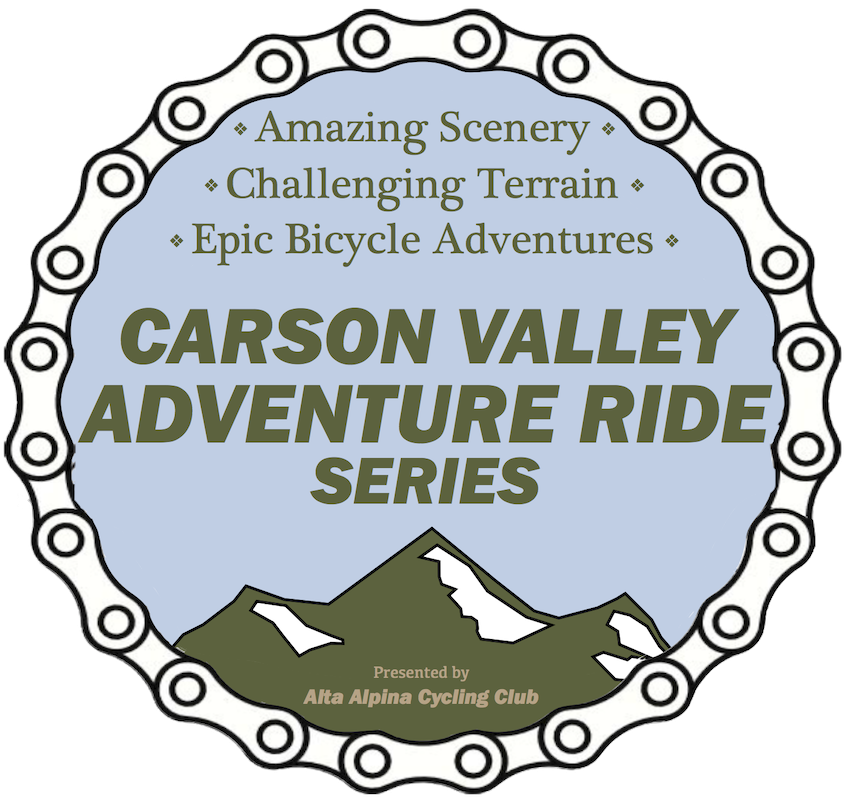Ride the Bike You Have
Most bicycles will let you enjoy a day of mixed terrain riding. Some bikes will be better than others on hard surfaces and some bikes will be better on sand and rough terrain. Mixed terrain levels the playing field—a route that has a good mixture of different terrain will give everyone a mixture of challenges regardless of the type of bike they’re riding. All but the most elite mixed terrain riders will have to lift or push their bike at some point.
There are two features that every bike should have however: wider tires and disk brakes. Having a lighter bike makes climbing easier but there’s a trade-off there too because you need a frame that’s strong enough to handle rocky descents and enough flex or suspension to handle rough surfaces.
Wider Tires
You’ll want tires that are at least 35mm wide. 40-45mm is the sweet spot. Wider than 2” and they may slow you down too much overall. Your choice of tire tread pattern will depend on whether your’ll be encountering sand or mud. If there are any sections of sand or decomposed granite, make sure you have knobby tires. If it’s been raining opt for a tire that performs well in mud.
Disk Brakes
While disk brakes aren’t required, they’re highly recommended. They perform better when it’s wet or muddy and they provide better control on rough surfaces.
Other Features
If you’re looking to optimize your bike for mixed terrain riding, consider pedals that shed dirt, drop handle bars for speed on the pavement and agility on trails, a strong fork to handle rocks, a flexible frame or suspension to smooth rough surfaces, and a big range of gears to help you go from steep climbing to smooth descents.






